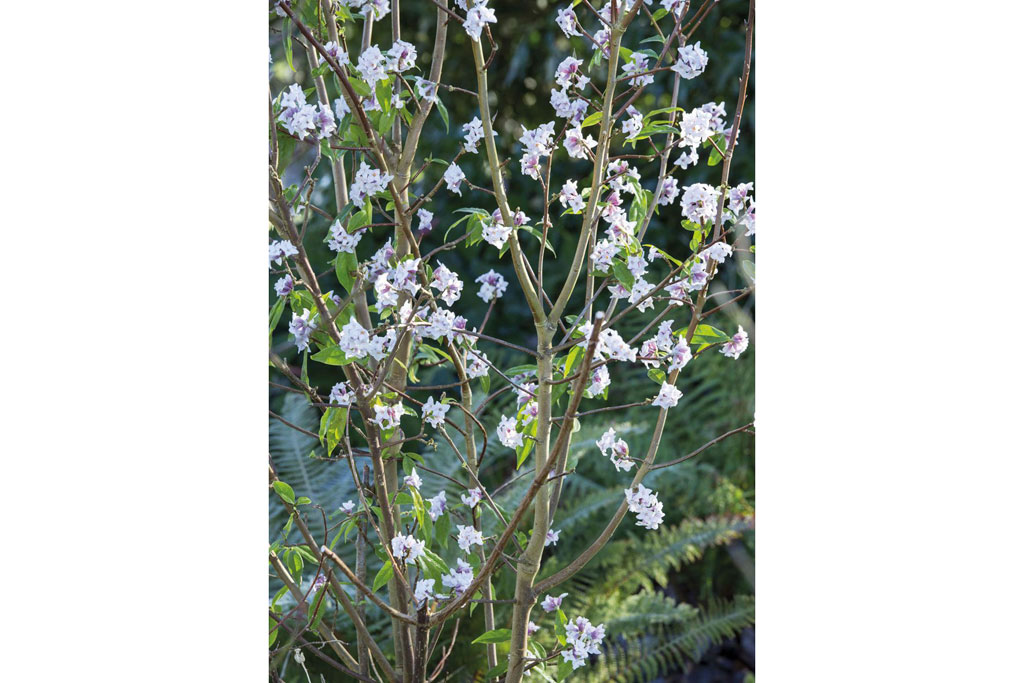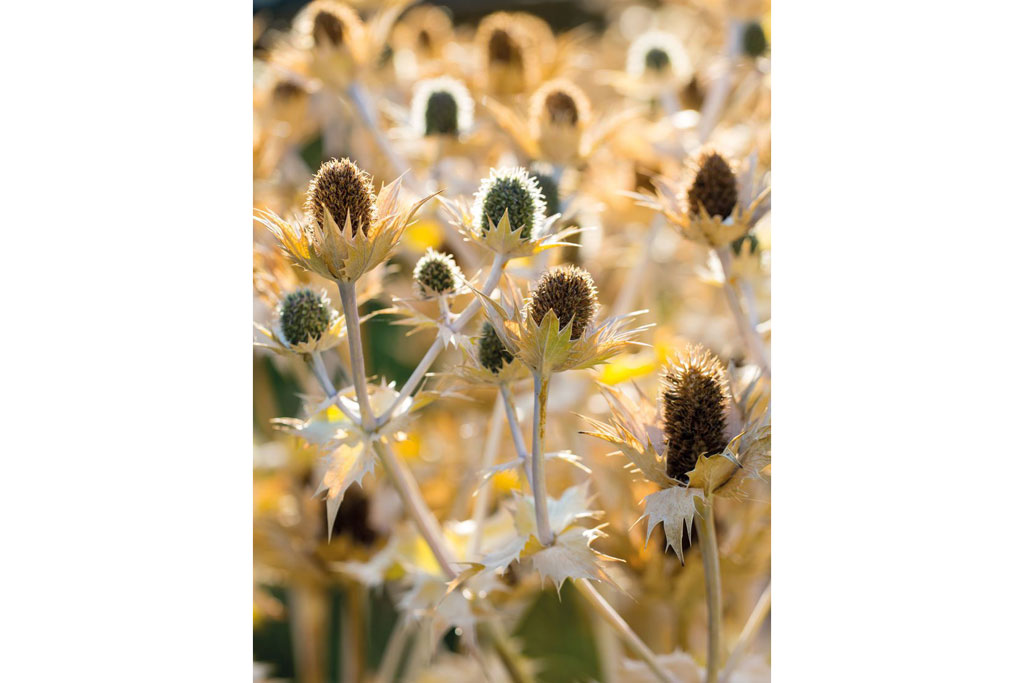10 Best Annuals and Biennials for Your Garden
Natural gardening tips from the experts
Looking for the best annuals and biennials plants for your garden? The Living Jigsaw by award-winning garden writer Val Bourne is a masterclass in natural gardening. See which annuals and biennials Val recommends for your own little ‘living jigsaw’.
Annuals and biennials have to set seed to survive and as a result they are very rich in nectar. Collect your own seeds and sow them in the following spring, or allow them to self-seed from autumn onwards.
Best annuals and biennials
Centaurea cyanus
Taller blue forms of this British cornfield annual are the best plant I know for red-tailed bumblebees. Deadheaded, it will stay in flower for months. Sow early in trays, prick out and pot on for the best results
Scabiosa atropurpurea
The annual scabious, which peaks in midsummer, attracts bees for many months if dead-headed. Colours vary from almost black through to pink and white. There are annual blue forms too and perennial ones, such as S. columbaria. Any form of scabious is welcome. Collect seeds, sow in March, prick out and pot on.
Calendula officinalis
This annual pot marigold will self-seed happily. Go for single forms, such as ‘Indian Prince’, and these will attract hoverflies and bees of every type. Will flower late into the year.
Cosmos bipinnatus
This Mexican annual is easily grown and performs better once the days begin to shorten. It’s superb between August and October, producing flowers late into the year. Look for single forms rather than head-heavy doubles and semi-doubles. Collect seeds, sow in March, prick out and pot on.
Eryngium giganteum
AGM This silvery architectural biennial sea holly is best left to self-seed. If you wish to restrict it, cut off most of the thimbles as they fade to pale brown – but not all. It is beloved of bumblebees, particularly buff-tailed bumblebees.
Tropaeolum majus (nasturtium)
The huge, caper-like seeds of this frost-tender annual should be sown direct in early May for summer flowers in sunshine shades of yellow, red and orange. The spurred varieties are more nectar-rich and the trailing varieties probably better than the compact form when it comes to attracting bees. The flowers are edible, once the pollen beetles decamp.
Borago officinalis
This somewhat scruffy annual has starry blue flowers that draw in the bees, because this plant can replenish its nectar within minutes. Mingle it among orange calendulas and nigella. The leaves and flowers of the borage are edible. Self-seeds.
UK Hotels with Beautiful Gardens
Tagetes erecta
The foot-high African marigold varieties ‘Mr Majestic’ and ‘Tall Scotch Prize’ mingle well with other annuals and, being orange and single, these pull in loads of insects including hoverflies. When young, the plants attract every slug in the area – so you can use them as slug magnets for a nighttime (well, dusk actually) – massacre.
Salvia viridis (clary)
This easy annual has a long presence in the garden because the ‘flowers’ consist of bracts rather than petals. Sets seeds and comes in blue, white and pink with sage-like foliage.
Phacelia tanacetifolia
Often sold as a green manure, this easy, grey-blue hardy annual seems to come into its own in the summer evenings, when honeybees feast on the nectar.
The Living Jigsaw by Val Bourne (Kew Publishing, £25) Photography: Marianne Majerus.
READ MORE:
Best Gardens to Visit in Britain / Making the Most of Small Gardens / 3 Garden Design Dilemmas Solved


